We have lost count of the number of houses we have been to where the customer has no idea how to turn their water off in an emergency. This is one of those life skills it is much easier to learn before you actually need it. Learning it, just as water is pouring out of a broken pipe, can often feel a lot harder.
If you do know exactly where your stop cock is, can turn it on and off easily, and, in fact, regularly practice for just such a scenario, give yourself a congratulatory pat on the back and move onto another topic. (Actually, if you are that kind of person, you may just need to skip this whole blog post. The basics are not for you).
If you’re not sure, or only have a vague idea, it might be worth reading a little bit further.
External Stop Tap
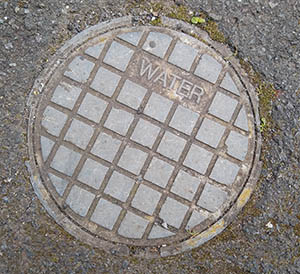
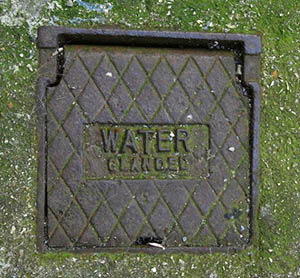
If you’re lucky, your water may turn off in the street outside your house. There will be a little metal or plastic manhole cover on the pavement looking much like this. There is a often a clue stamped on the top. (If the word “GAS” is stamped on the top, you are not looking at your Water Stop tap):
You may need a flat-headed screwdriver or other improvised tool to prise the top up. (Its quite common for the top to have been glued down during a pavement resurfacing. You don’t want to find this out in an emergency).
Very occasionally, you may come across a style which turns, rather than lifts. If attempts to prise the lid off fail, you may have one of these. They can be a bit awkward to get the lid off, and thankfully, they don’t seem to be installed these days. Just try twisting the lid, anti-cllockwise (in the direction you would turn a tap on), using the blade of the screwdriver, and hopefully it will move.
Once you have the lid off, you will see either an old style brass tap, or a newer plastic tap. If you’re unlucky, the Brass Tap may have seized up and won’t move. Sometimes it helps to try to open the tap rather than turn it off. This allows it to move, and then you can close it.
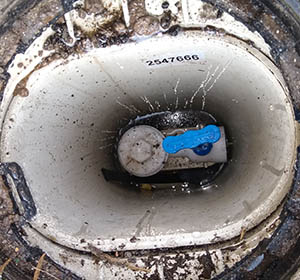
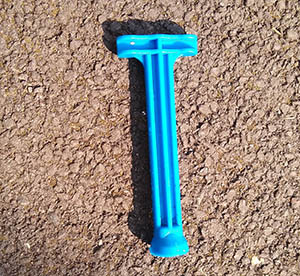
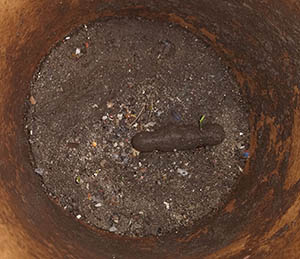
If the stop tap is a long way down, you may need a Stopcock Key to turn it. That’s something else you may not be able to get hold of in a hurry.
At this point you should give yourself a pat on the back.
- If you’re in the middle of an emergency, you have prevented any more damage being caused.
- If you’re being proactive and preparing yourself for an emergency situation, you now know that your External Stop tap does (or doesn’t) turn off.
Internal Stop Tap
Some people have some idea about where their Stop Tap is inside their house. A good place to start looking is under the Kitchen Sink. Usually, in my experience, this means pulling out an odd assortment of cleaning products, congealed packets of washing powder and cleaning cloths in order to actually reach it. However, when you get there, it may look as this:
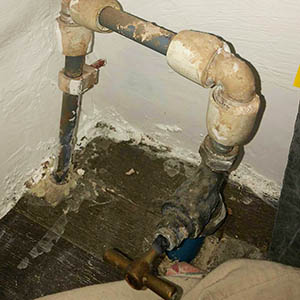
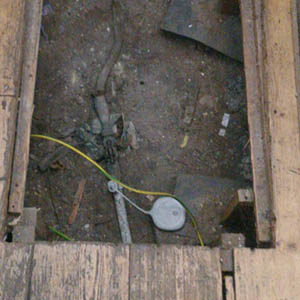
- Just inside your front door – how lucky you are – in a box marked “Water Stop Tap” – Ok, we can all dream.
- Maybe in an outhouse, the old lean-to toilet in the back garden, in the garage…..
- Under the floorboards – I’m not joking. I have found many stop taps hidden away under the floor – what were they thinking? Wobbly floorboards, not screwed down can be a bit of a giveaway for this particular scenario. (Our original Stop Tap was just out of reach if you took up the loose floorboards in the porch, laid on your front and stretched as far as possible. I can only assume they sent small children down there in the old days.)
Do I need an Internal Stop-tap?
In a word, no. There is no requirement for you to have an internal stop tap. If your external stop tap works well and is easily accessible, then you may not need to have one.
In the event of an emergency, for instance a plumbing fitting failing in the first floor bathroom, the time it takes for you to run down the stairs, find a flat-headed implement (to prise off the cover), locate a headtorch, put your slippers on and get out to the external stop tap, several litres of water may have flooded through your Kitchen ceiling (and light fittings).
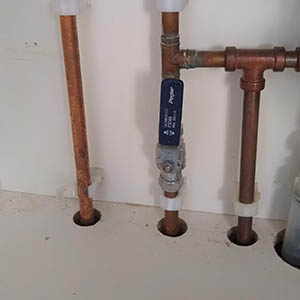
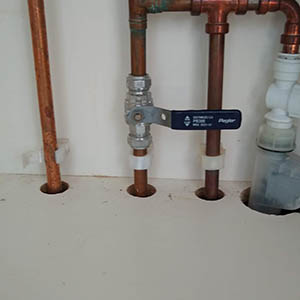
There are alternatives to the traditional Tap-like Stop-tap, which can be awkward and stiff to use. They require a degree of force and dexterity, and as we have discussed can be in inaccessible places.
One option is a Lever-style tap, such as this. They have a very definite action, are easy to operate and are less likely to seize up.
Another alternative is the Surestop Stopcock. This can be installed at a distance from the pipework. It is operated by what looks like a large Lightswitch. It employs a pressure switch, which means there is a very slight delay between pressing the switch, and the water flow stopping, but is still very quick and is extremely easy to operate.
It is recommended that this is installed as an additional means of isolating the water supply, so it is ideal if you have an external Stop-tap. It really should not be your only means of turning off the supply.
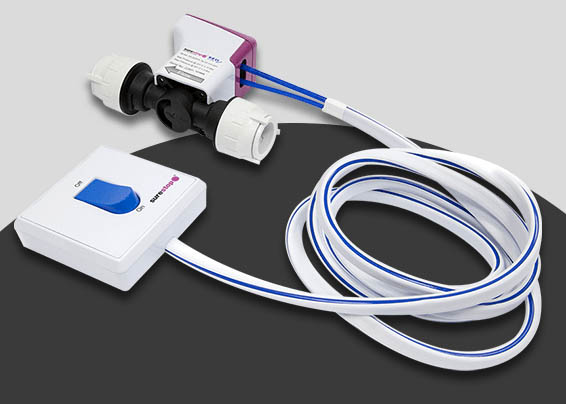
Whether you decide to have an internal stop-tap installed, or rely on an external stop-tap, we strongly urge you to go and check that one or other, or (in a perfect world, both of them) work and that you know how to access and operate them in a hurry. Please don’t wait until you need to do this in an emergency.


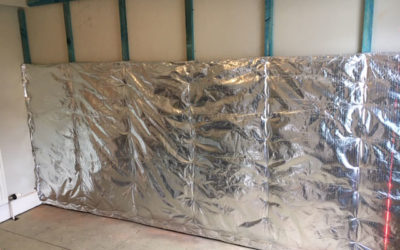
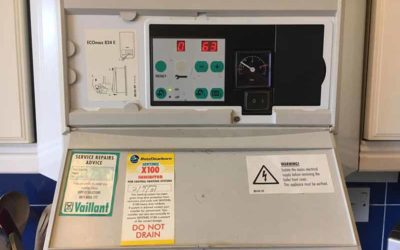

Thank you for this. My stupid housing association manager sent out letters to tenants asking them to check to see if their stopcocks had rusted shut or not. No instructions as to where they were located or what they looked like, or how to test them.